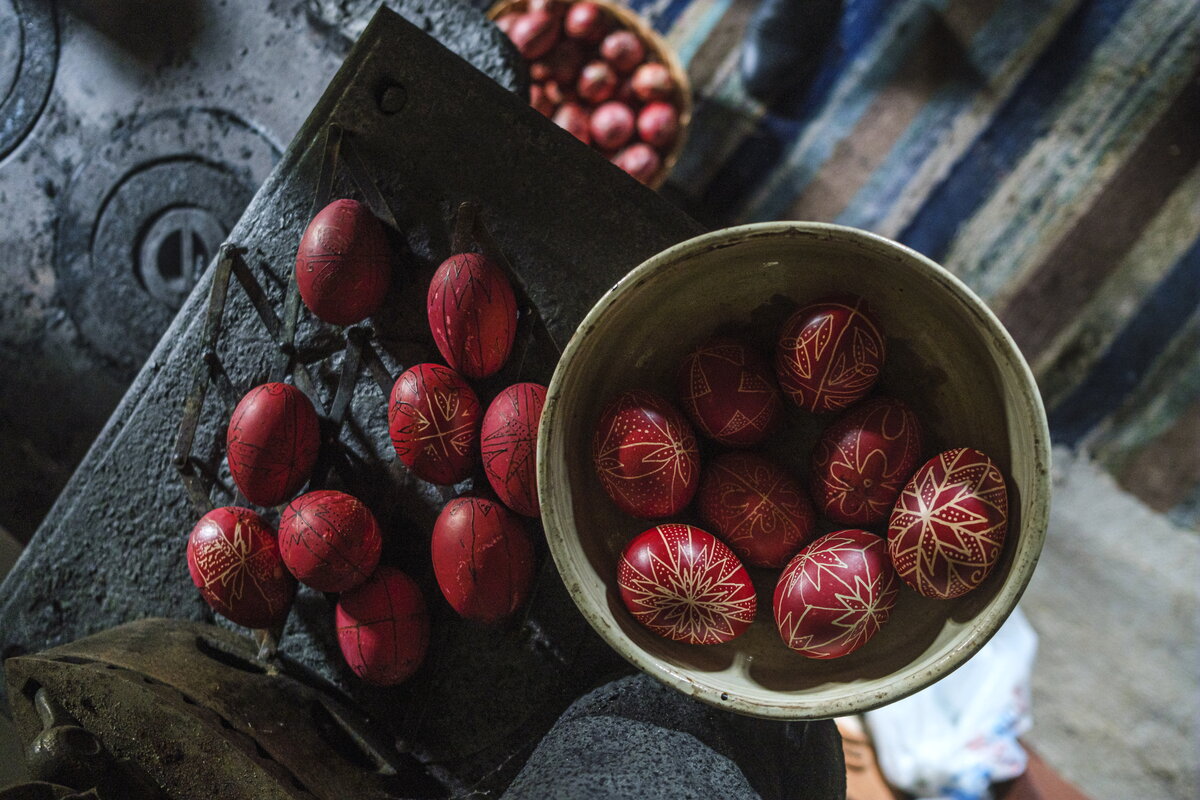3 ways to master the art of traditional Hungarian Easter egg painting – PHOTOS

Easter is undoubtedly one of the most important Christian holidays in Hungary. There are many customs and traditions connected to this time of the year. These include going to church, preparing Easter dishes (such as ham and braided sweet bread), and painting Easter eggs.
The tradition of egg painting
The plethora of customs and traditions surrounding Easter highlight the cultural richness of Hungary. Easter egg painting may sound odd to some. Why would anyone paint eggs for Easter? This tradition is closely related to another Hungarian Easter tradition; Easter sprinkling (locsolás). Back in the day, young men departed on a quest on Easter Monday to pour water on girls (friends, family members, and even strangers) in the town.
In exchange, the young men were awarded eggs decorated with astonishing traditional motives. Back then, young men could use the eggs later for cooking or other purposes. Later, this tradition changed and women started to paint eggs for decorative purposes mainly. Thus, two holes on each end of the egg were formed with a knife and the middle was blown out using a straw.
Nowadays, buying artificial dye to paint eggs is popular, but you can do it naturally using vegetable peelings. In addition, egg painting was much more than just painting the egg. Here are some traditional techniques that you can use to decorate your Easter eggs.

Waxed eggs
Waxed eggs or wax resist eggs (írott tojás) are one of the most popular egg painting techniques. This process involves using a traditional tool to create dividing circles and motifs on the egg. With a writing wheel, wax is applied to the egg to form the decoration before it is immersed in the lukewarm dye until the desired colour is achieved. After drying, the wax is melted off, revealing the pattern beneath, and the eggs are glazed with bacon rind or grease for a finished look.


Berzselés
“Berzselés” is an Easter egg painting decoration using the batik technique. Do not worry if you are bad at DIYs and painting is not your cup of tea. “Berzselés” does not require special skills, thus it can be done at home in the kitchen, even with children. It is a popular method, as it is quite easy and the outcome is beautiful. These eggs often feature a variety of leaves and flowers, such as parsley leaves, pansies, violets, roses, or herb leaves.
To create these designs, chosen leaves are delicately affixed to the eggs, which are then tightly wrapped in gauze or stockings before being submerged in a dye bath. Typically, the dye is made from onion skins, imparting a rich bronze-brown hue to the eggs. Once unwrapped, the eggs reveal stunning imprints of the leaves or flowers in their original colours, showcasing the artistry and tradition of Hungarian egg painting.

Scratching
In a way, scratching (karcolás) is the inverse of the waxing technique. First, give the egg a base colour, and then you create a pattern on it by scratching. Scratching is the process of scraping the paint off the painted eggs with a scratching tool (e.g. a thick needle, scalpel, or sharp knife).
Scratched patterns can be many: thicker or thinner lines, beautifully detailed, intricate patterns, or even colour transitions. For better results, dip your scratching tools in vinegar. Here is how you can apply this egg painting technique:
For more inspiration, you can visit the Egg Museum’s website.
Read also:
- Hungarians’ tradition on Easter Monday
- Have you heard of these quirky Hungarian Easter superstitions?
Source:






Exquisite*Easter*Eggs!
🙂
~*💖*Joy*Filled*Blessed*Easter*Everyone*💖*~